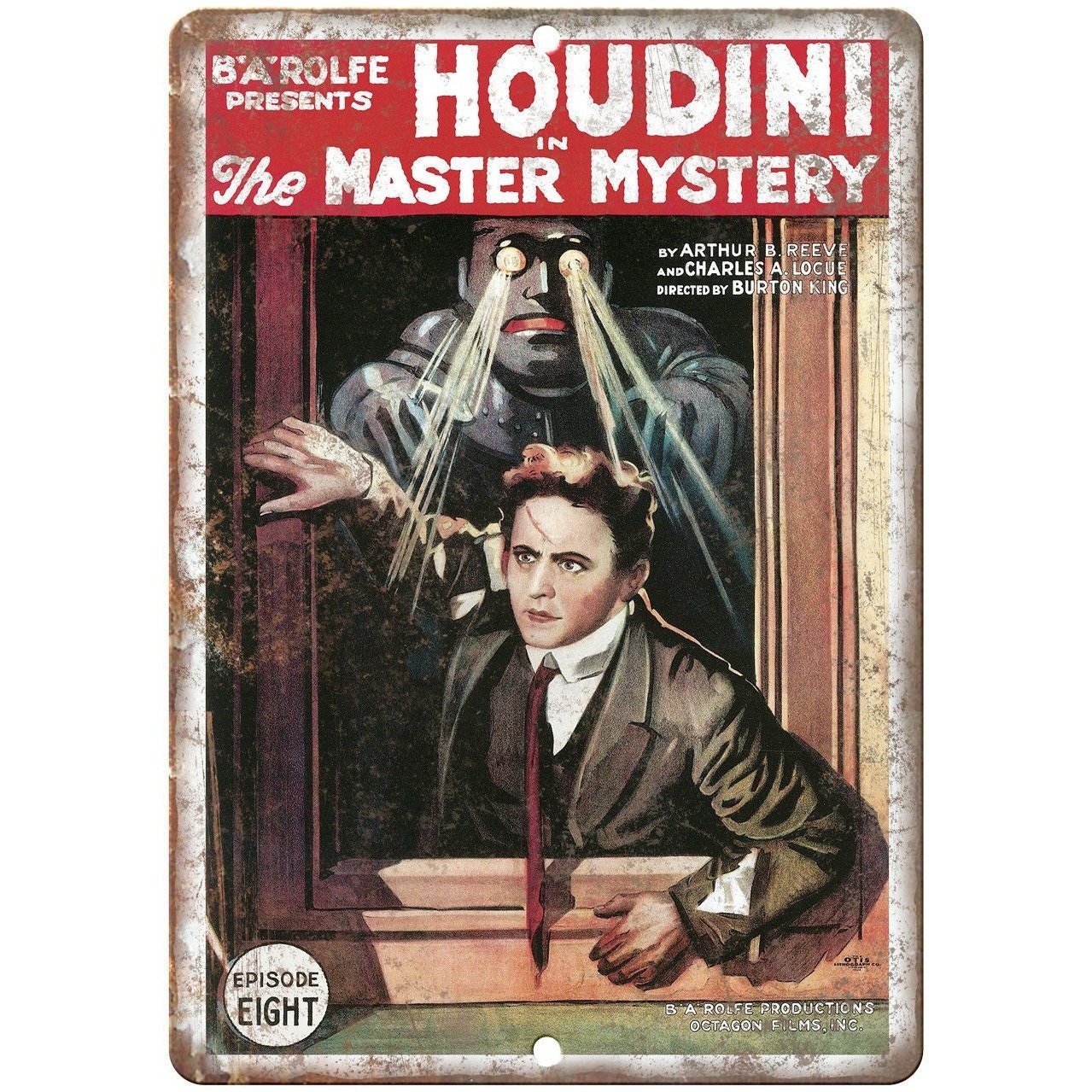


It's undeniable: He's the escape artist of our time. Trump has been called Houdini many times in his life by his biggest fans and his fiercest critics. Every time a quarterback escapes a sack, a dog escapes a yard, a friend escapes paying the bill or an inmate escapes a jail cell, they are the next Houdini. This is why Houdini is constantly referenced today. So he began escaping from handcuffs and chains and jails and straitjackets and milk cans and water torture cells and boxes and bags and anything else - "Nothing on earth can hold Houdini a prisoner," he insisted. Understand, Houdini began as a struggling and conventional magician - in 1898, he put up all of his secrets for sale - when he made an astonishing discovery: People, everywhere, love the seemingly impossible escape. He won in court and told the story repeatedly for the rest of his life. Houdini once sued a German newspaper and police officer who charged him with perpetrating a fraud on German audiences. He would then take the stage, lock up the imposters in unbreakable handcuffs, tear off his costume and shout, "I am Houdini!" He would sometimes go to shows of his imitators while dressed as an old man. He ruthlessly attacked his enemies and his perceived enemies. He relished every challenge that came his way - including allowing the punch to the stomach that led to his death. He was a prolific mythmaker or liar, if you prefer. He was a master at using the media to promote himself. Houdini was the greatest showman of his time or, perhaps, any time. But he is there, because the similarities between Houdini and Trump are, pardon the word, inescapable. I'm going to try and write about President Donald Trump without invoking politics. Ever since my book, "The Life and Afterlife of Harry Houdini," came out, people have asked if I have tried any impossible escapes of my own.


 0 kommentar(er)
0 kommentar(er)
